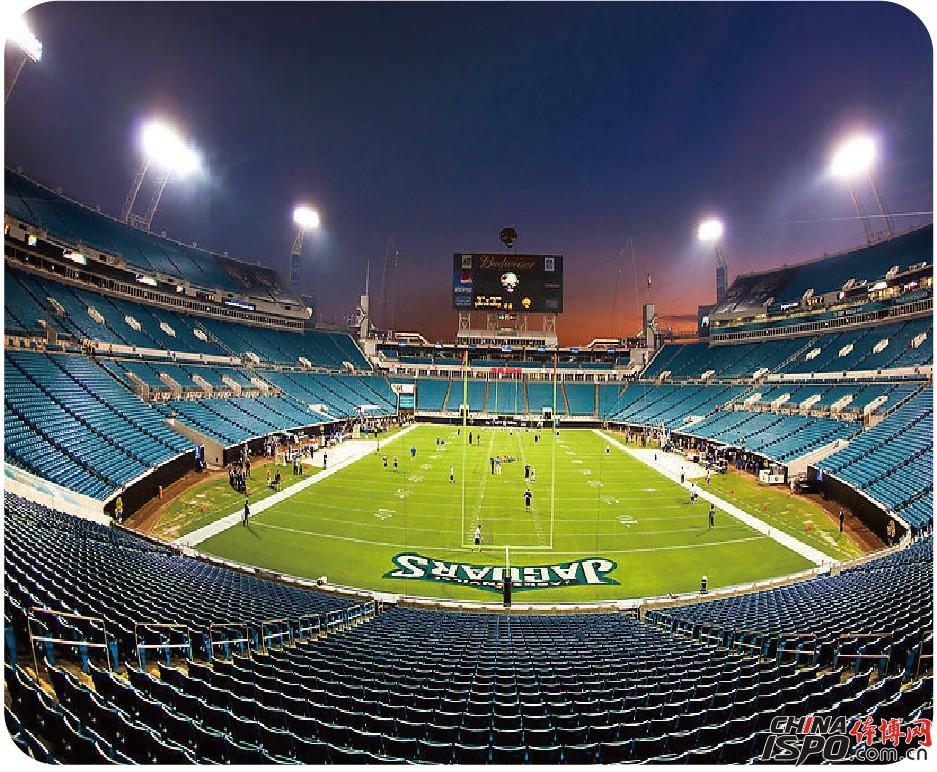
Over the past few years, stadiums and sports halls have been increasingly developed across the country. Lighting plays a crucial role in these venues, but the quality of construction and design has varied significantly among different projects. In this article, I’ll share some key insights and practical solutions based on my experience in designing, installing, and inspecting stadium lighting systems.
One of the most common issues is irrational illuminance design. To maximize the utility of stadiums, many are built to serve multiple purposes—such as sports events, cultural performances, and training sessions. This means that lighting must not only meet the specific needs of sports but also support other functions. Therefore, it’s essential to create flexible lighting scenarios tailored to each use case. Additionally, lighting for the playing field, audience areas, and emergency situations should be designed with energy efficiency in mind, while still ensuring high-quality illumination for all activities.
First, it's important to differentiate the lighting requirements for different types of sports. Each sport has its own standard for brightness and light distribution. For example, football fields may require different lighting than basketball courts. It's not always necessary to go beyond national standards; instead, focus on meeting the required levels without overdesigning, which can lead to unnecessary energy consumption.
Second, lighting needs vary within the same stadium. The playing area, seating areas, and emergency exits all require different illumination levels. Proper zoning and control systems help manage these differences efficiently. Implementing smart lighting controls, such as PLC or intelligent systems, allows for quick adjustments in lighting scenes, making operations more efficient and energy-friendly.
Third, emergency power and lighting systems are often overlooked. Stadiums are crowded places, so having reliable emergency lighting is critical for safe evacuation. Safety lighting should provide at least 5% of the general illumination level and must be powered independently from regular lighting. Emergency lighting for continued operation during an event should be designed with fast-switching systems, such as uninterruptible power supplies (UPS), to avoid disruptions.
Fourth, gas discharge lamps are commonly used due to their high efficiency and color rendering, but improper installation can cause problems. Ballasts must be properly matched to ensure a good power factor, and the distance between the ballast and the lamp should be minimized. Also, using high-pressure mercury lamps is not recommended due to their low efficiency and poor color performance.
Fifth, special distribution devices are often missing in stadium lighting systems. Due to the high demand for continuity and safety, proper protection and isolation are essential. For example, underwater lights in swimming pools should operate at no more than 12V, and their power supply must be isolated from the main system to prevent electrical hazards.
Lastly, lamp safety is a concern, especially in areas with vibration or high altitude. Anti-vibration fixtures and protective nets are necessary to prevent accidents. Lamps installed at high elevations should be lightweight and designed to withstand strong winds, with secure mounting mechanisms to avoid falling.
In conclusion, stadium lighting is more than just about brightness—it reflects a city’s development and commitment to public facilities. A well-designed, safe, and energy-efficient lighting system enhances both competitive and recreational sports experiences. At Seven Continents Stadium Lighting, we specialize in delivering comprehensive solutions—from planning to installation—ensuring that every project meets the highest standards of quality and reliability. With years of experience, we’re here to bring you a lighting solution that not only meets your needs but also exceeds your expectations.
Bagasse Pulp Container bring environmental protection and convenience to our lives. The use of bagasse containers can reduce the use of Plastic Container because bagasse containers are made from the renewable resource bagasse and have lower carbon emissions and environmental impact. Such containers can be biodegradable after use and have less impact on the environment.
Reduce carbon emissions: The production process of bagasse containers can effectively reduce carbon dioxide emissions. Sugar cane, as a product of photosynthesis, can absorb a large amount of carbon dioxide, making the carbon emissions in the production process low.
There are also some benefits to using bagasse containers for your takeout:
1. Bagasse pulp container has good thermal insulation performance, which can maintain the temperature and taste of food.
2. This kind of container is strong and durable, not easy to deform, and can effectively protect the integrity of food.
3. Bagasse food container also have the characteristics of high transparency and good texture, making take-out food more beautiful and delicious.
Bagasse Pulp Bowl,Bagasse Pulp Plate,Eco Friendly Pulp Plate,Bagasse Bowl
EVER GREEN(ZHEJIANG)NEW MATERIAL CO., LTD / KUNSHAN GREENPACK CO.,LTD , https://www.changjingpack.com
![<?echo $_SERVER['SERVER_NAME'];?>](/template/twentyseventeen/skin/images/header.jpg)